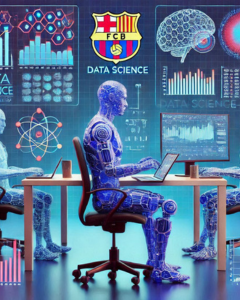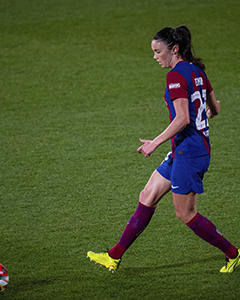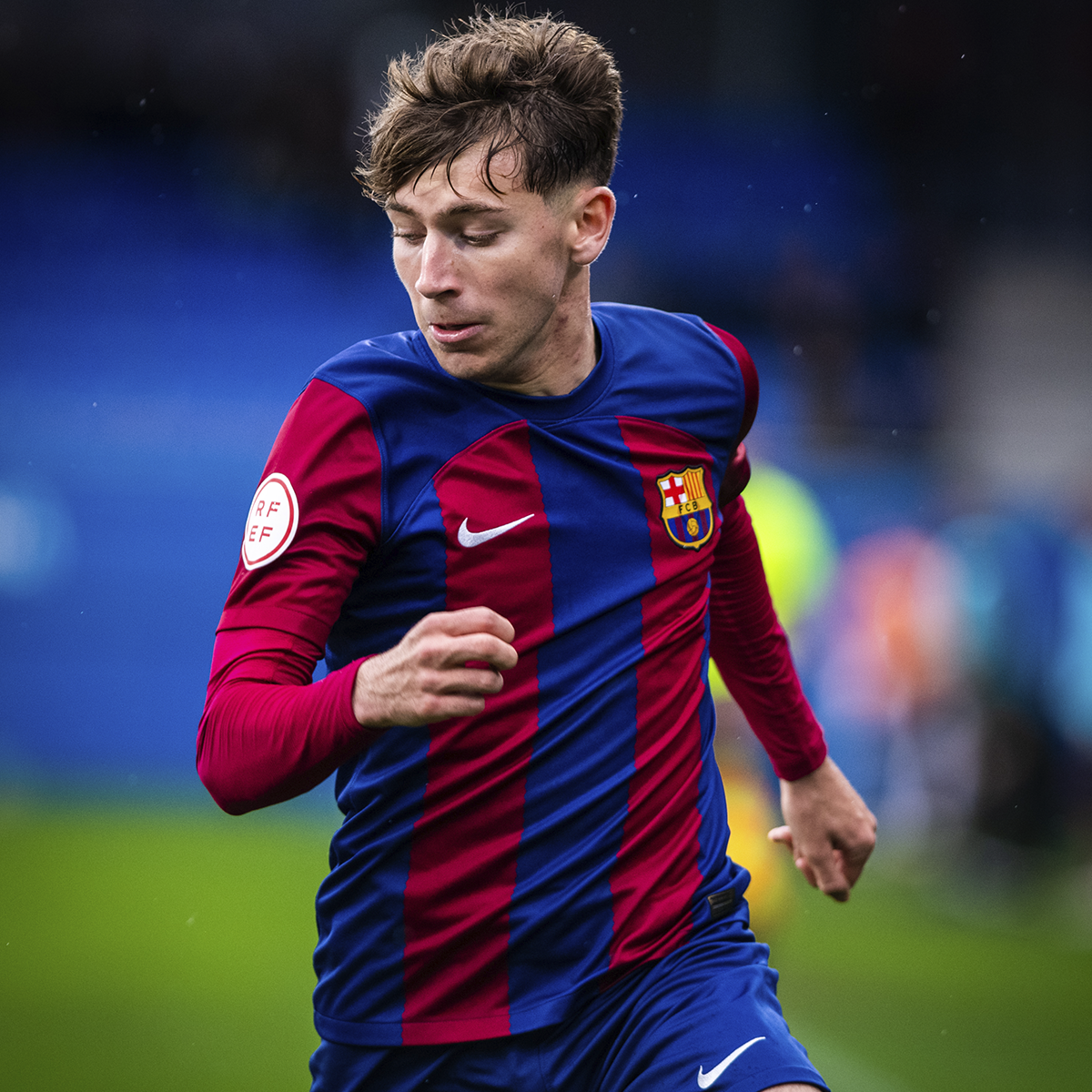Description
Collective sports in general, and basketball in particular, have based their physical training on the training theory used for individual sports, particularly athletics, so they require a new approach which adapts to their own characteristics and needs. Furthermore, technological advances have provided new tools for physical trainers, sports scientists and coaches, allowing, among other things, the control and assessment of the workload produced by training sessions and/or competitions.
Hence, it is necessary to know this new approach, based on holistic physical training, to apply it to modern basketball with the main objective of optimizing performance and preventing injuries.































